Legacy High-End CD Player Comparison – part 2
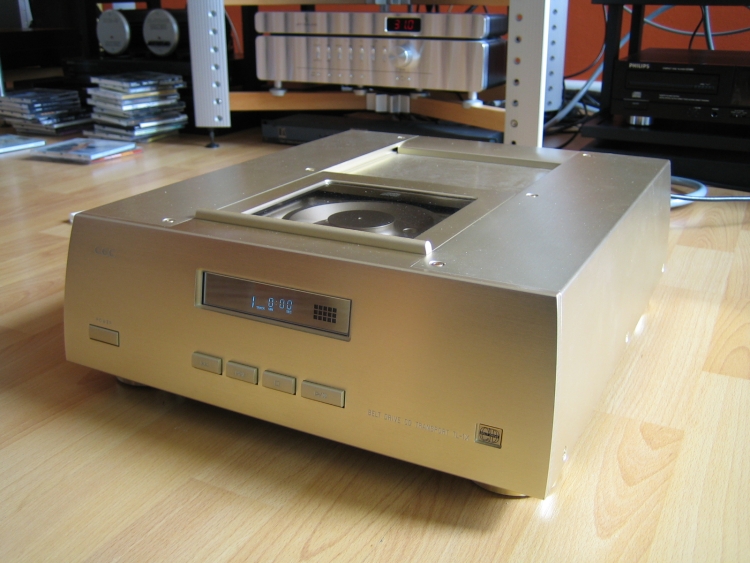
Mark Levinson no.390s, CEC TL1x, Audiomeca Enkianthus
The Mark Levinson came in a month after the original high-end legacy cd player comparison but I decided to compare it to the same group as an addendum because most players of that test are permanently part of the reference system. The Levinson turns out to be a very special player indeed.
Initial setup
All players were well-run in, kept powered up and had been continuously running cd’s prior to the review. Used were the same powercables, all connected to the same star-wired extension block. All players were placed on the heavy table when playing (or on the floor when not playing) and on their own feet. The interlink used was the same Transparent Ultra XLR, connected to the same position on the preamp, that was swapped from player to player.
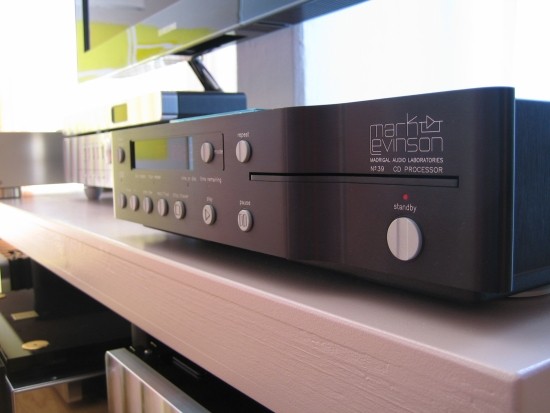
Above: this is an upgraded 39 – the 390s faceplate came at extra cost and so was left out
Introducing the no.390s
The 390s is the last cd player that Mark Levinson made. After that they only made dvd and universal format players. Therefore, it had to be a milestone product. Its predecessor was the 39 but for the 390 they pulled all the stops and even used the expensive Arlon 25N as material for the outputboard. This, along with a lot of other small changes deserved nor only renaming from 39 to 390, but also adding an “S”.
Anyway, you can write pages and pages about the technology involved but I’m not going to do that. For that there are several good hifi magazines such as Stereophile, Hifi+ and Image hifi. I’ll cut right to the chase and am going to tell you how it sounds compared to the other players mentioned above.
A quick word about my experience with Mark Levinson
Until now I had owned the 320s preamp, 36 and 360 dacs, and the PDT3 transport by Madrigal which is somewhat comparable to the 31 transport by Levinson. The 36 was simply not good enough to keep pace with other dacs I had at the time. The 360 was very good, even bettering the Wadia 25 and 861 for detailing and fluidness, combined with a very beguiling effortless presentation. But there was always a certain degree of too much control. Never letting go. The Wadia always made my foot tap but the Levinson tickled just my brain. It was even worse with the 320s preamp. On top of being too controlled, it was lifeless and grey. Even compared to several friends’ preamps, it was simply played away. I sold the almost new 320s at half what I paid for it 2 months earlier.
I tell you all this because the 390s is a different animal. Or maybe I’m a different animal. My setup hasn’t changed that much so it’s probably not system matching related. I do think now that the 320s preamp perhaps needed more running in than those 2 months. Because seeing how good the 390s cd processor is, I can’t imagine the 320s really being that bad.
Apart from the downfall of the 320s preamp, other Levinsons have always been very good, but slightly too controlled. The 390s changed that.
The 390s sound
Upon first connection it already sounded mature, full and ripe ummm, that sounds like a description of a person. But I can’t help it, this is how it sounded. Forget about greyness or clinical sound. Even with no warmup and just on the floor the Levinson sounded very musical. It was a bit slow perhaps, but very engaging nevertheless. I quickly swapped to the Audiomeca/CEC combo for comparison. What I heard was a quicker sound but with lots of dryness. And the highs were more grainy than those of the Levinson. This correlates with the previous review in which the Audiomeca turns out to have slightly less fluid highs than the Krell. Now I was really curious how it would perform when warmed up, and placed on top of the table.
I gave it some days to warm up and during those days played lots of cd’s. They always sounded excellent. Even bad cd’s were listenable.
When I placed it in prime position and gave it an NBS powercord it got lighter on its feet and lost its slight dragging of the heels. There’s simply nothing to criticize about its presentation. Its soundstage is wide, deep and generous, the bass is deep and solid, the midband is glorious, very full and colorful and the highs are very clean and fluid. Whenever I feared that my old beef with Levinson had returned and I suspected a restraint or slowness, I swapped to the Audiomeca/CEC combo and time after time I was proven wrong. The Levinson just doesn’t sound like a digital player.
It is ridiculous. The Levinson challenges my reference combo!
All very well, but I have to say at this point that I tuned the sound of my combo just so that it is most musically rewarding for me. And I’m looking for a natural, non-digital sound. That’s why I added the CEC and use a fluid sounding digital interlink, as well as full sounding Harmonic Technology powercable on the dac. If you turn all this on its head and use a different source, the Audiomeca becomes an entirely different animal, being very dynamic, fast and even a bit dry and analytical. But it is always rhythmically engaging. Therefore, the comparison I made here applies to the Audiomeca, tuned to my liking. It is in this guise, that the combo somewhat resembles the Levinson. It is capable of an entirely different sound than the Mark Levinson. Nevertheless, the Levinson is more fluid and even more round and warm and on these aspects, the combo just cannot keep up.
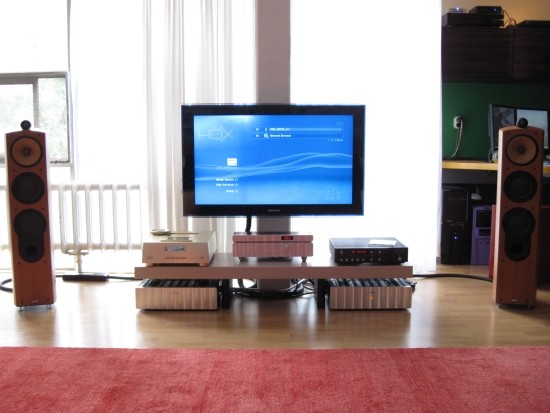
Conclusion
Okay, there are areas in which the dearer combo is better. For starters, the Audiomeca is less round and has more attack. It is more square around the edges which makes it more precise, but also less “analog”. This also gives the Audiomeca a more impressive sound, especially on percussion. Piano can also sound more wooden and more real. But don’t think for a moment that the Levinson is artificial because it’s not. It’s absolutely very natural and I haven’t heard better voices or strings since the DCS combo.
What the Levinson just doesn’t do is shout. If you like your music to jump out and grab you then perhaps this isn’t the player for you. But it is absolutely not slow or dynamically restrained. It is musically very rewarding and doesn’t punish you for playing badly recorded cd’s. Does it render the Audiomeca/CEC combo unnecessary? I’m not sure yet, but it stands a very good chance. And that’s high praise indeed.
Part 1 – Part 2
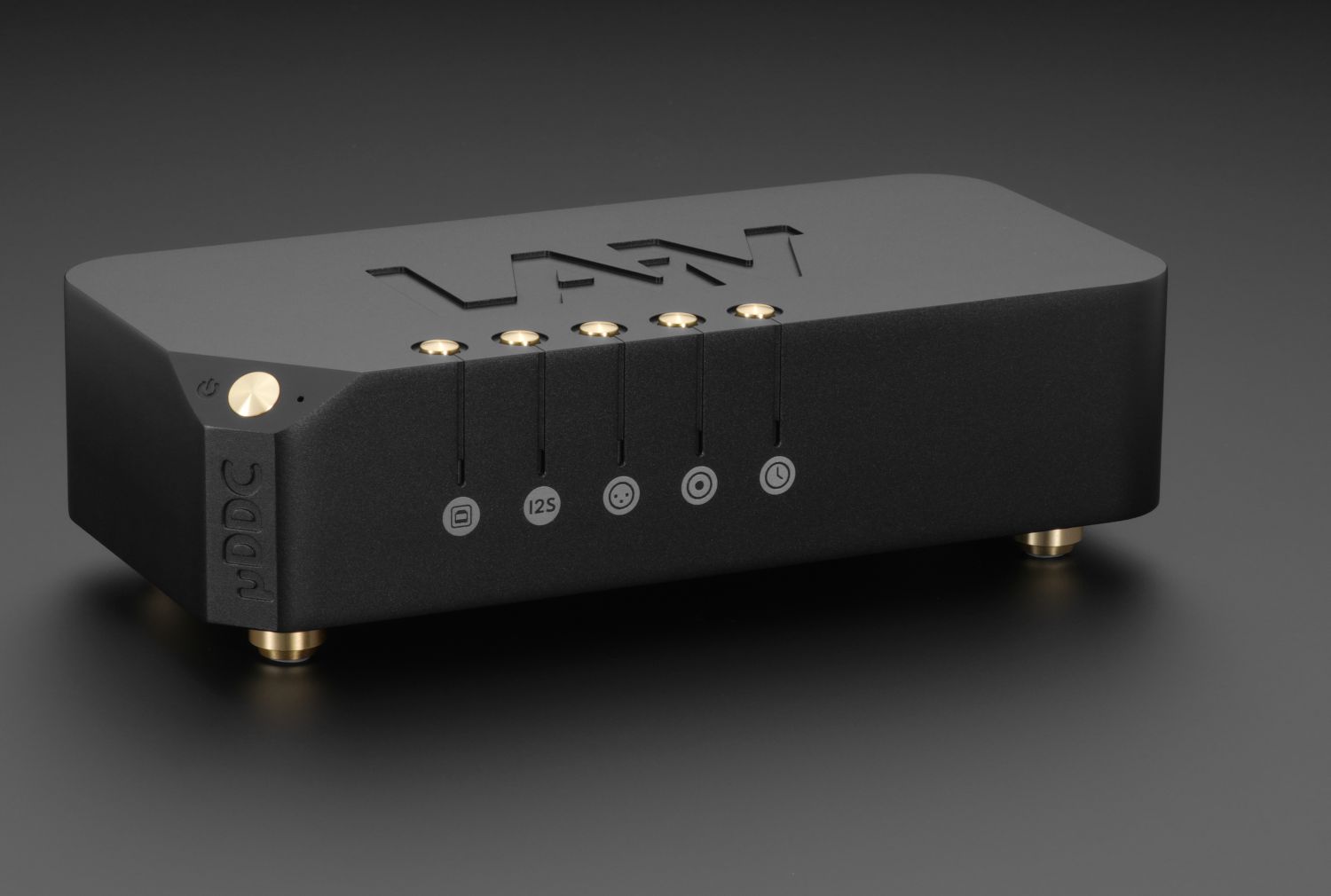
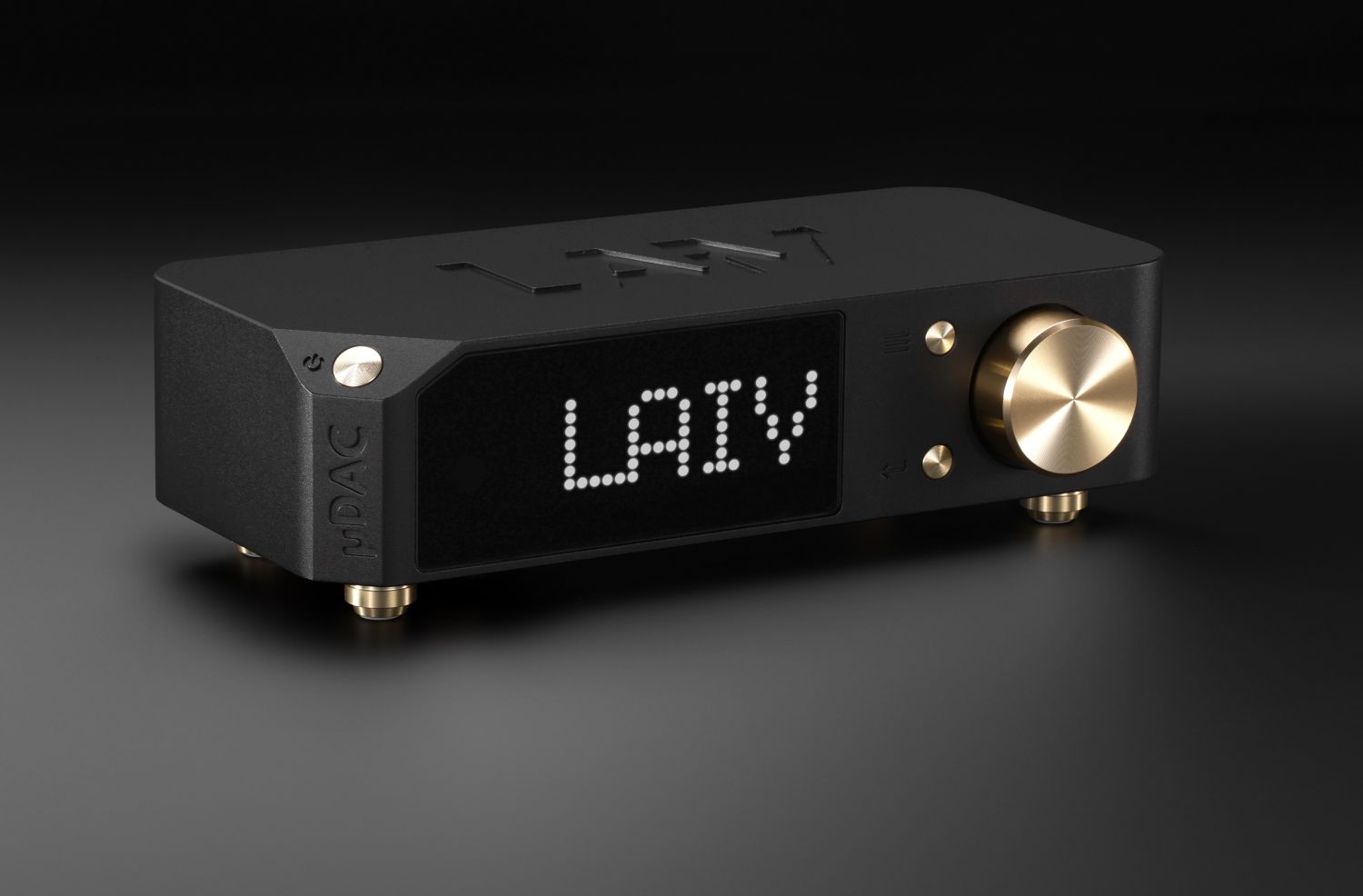
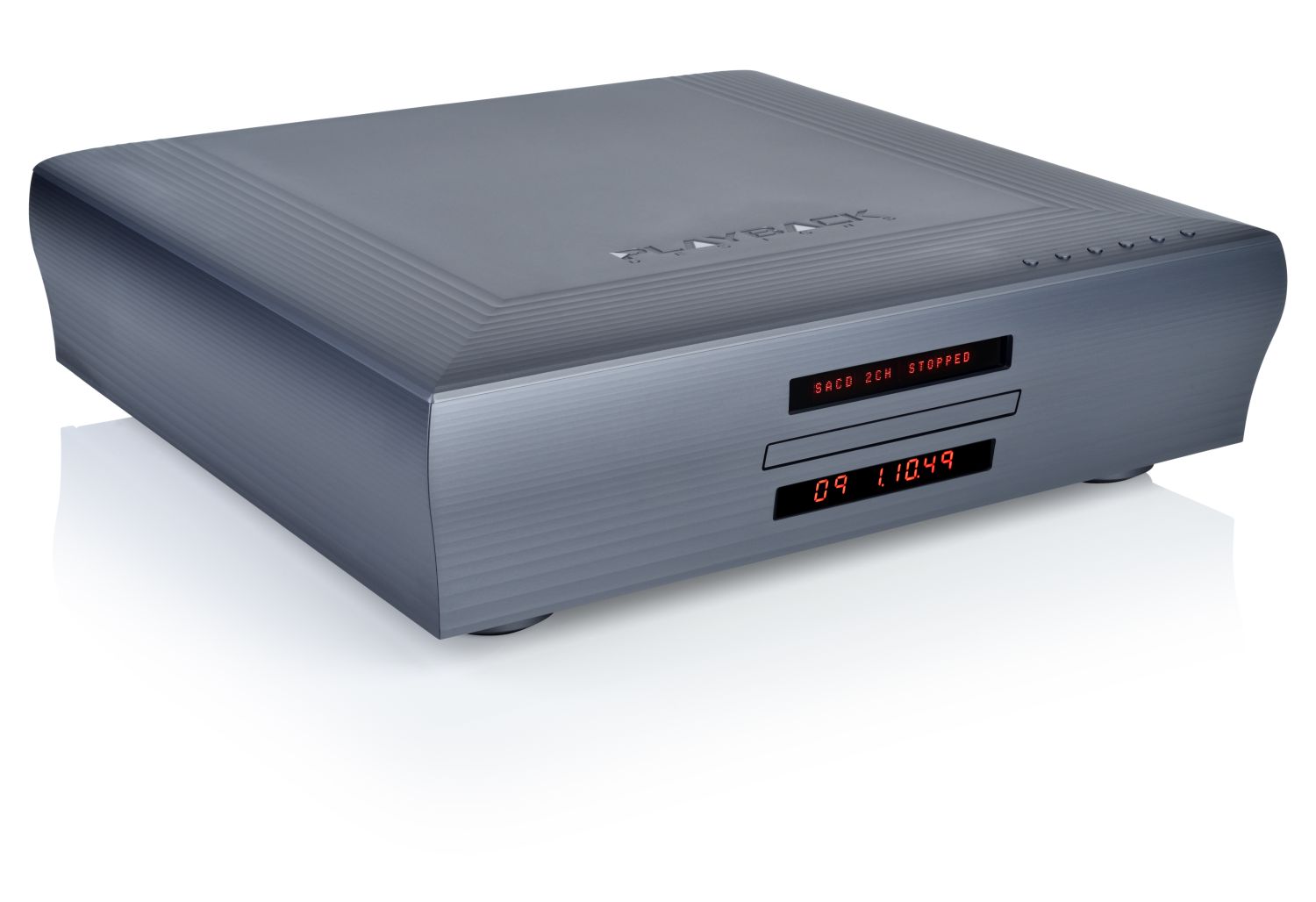





Maybe findings from LP records could be used here with the C E C player. Give a try for instance put a cd inbetween puck and cd playde.
In general, measures that work in the analog realm need not also work in the digital realm. That said, sometimes, they do. Alas, I no longer own a CEC player but your suggestion of adding another CD is interesting. That said, the TL1x, as I read on the Lampizator website, had a terrible digital output circuit that made it sound overly smooth.
Measures that work in the analog realm need not also work in the digital realm. That said, sometimes, they do. Alas, I no longer own a CEC CD player but you suggestion is interesting.
I have two no390s and they are diferent in sonics. I have opened them and see diferent output boards one is no390S other is no390SRF, upon isnpection i see dozen of diferent parts , RF have around 80 more parts and diferent pcb tracks layout. may I ask which no390s you used for tests? I also have no 36 dac with no36s upgrade (only digital board upgrade) if no390s sonic is very nice for his price and age ( a bit too much lushness in lower midrange), I am amazed at this anicient no36/no36 combo. i have heard many dac from same era , but not a single one had such clarity and grain free hights. sound is dark but so involving and nice.
Hi SV, That’s interesting! I was not aware that there was more than one version of the “S” output board. Alas, I have never peeked inside the aluminum box to see but I did hear three different 390S players and (with good caps/after recapping) they all sounded very similar. For me, the 36 is too smooth and relaxed but I have not heard the 36S.
Hi Christiaan,
what do you think of the CEC TL1X that has AT&T output together with Wadia X64.4?
Do you think that CEC can deliver fast, transparent, controller sound , too?
thanks
Hi David, I never felt the TL1X was particylarly fast or controlled, and actually rather rounded. Later, I found the reasons why in an old article by Lampizator where he went into modding CD players into transports. In any case, I found the CD94 to sound much better, but only if its transport, servo, and associated caps are in great condition. BTW, I would not place too much emphasis on the glass connection, as the signal originates elecrically in the transport and will be converted back to electrical in the DAC. Sure, ST is better at great lengths, it provides galvanic isolation, and it yields a different sound, but for shorter lengths, copper can also work really well.